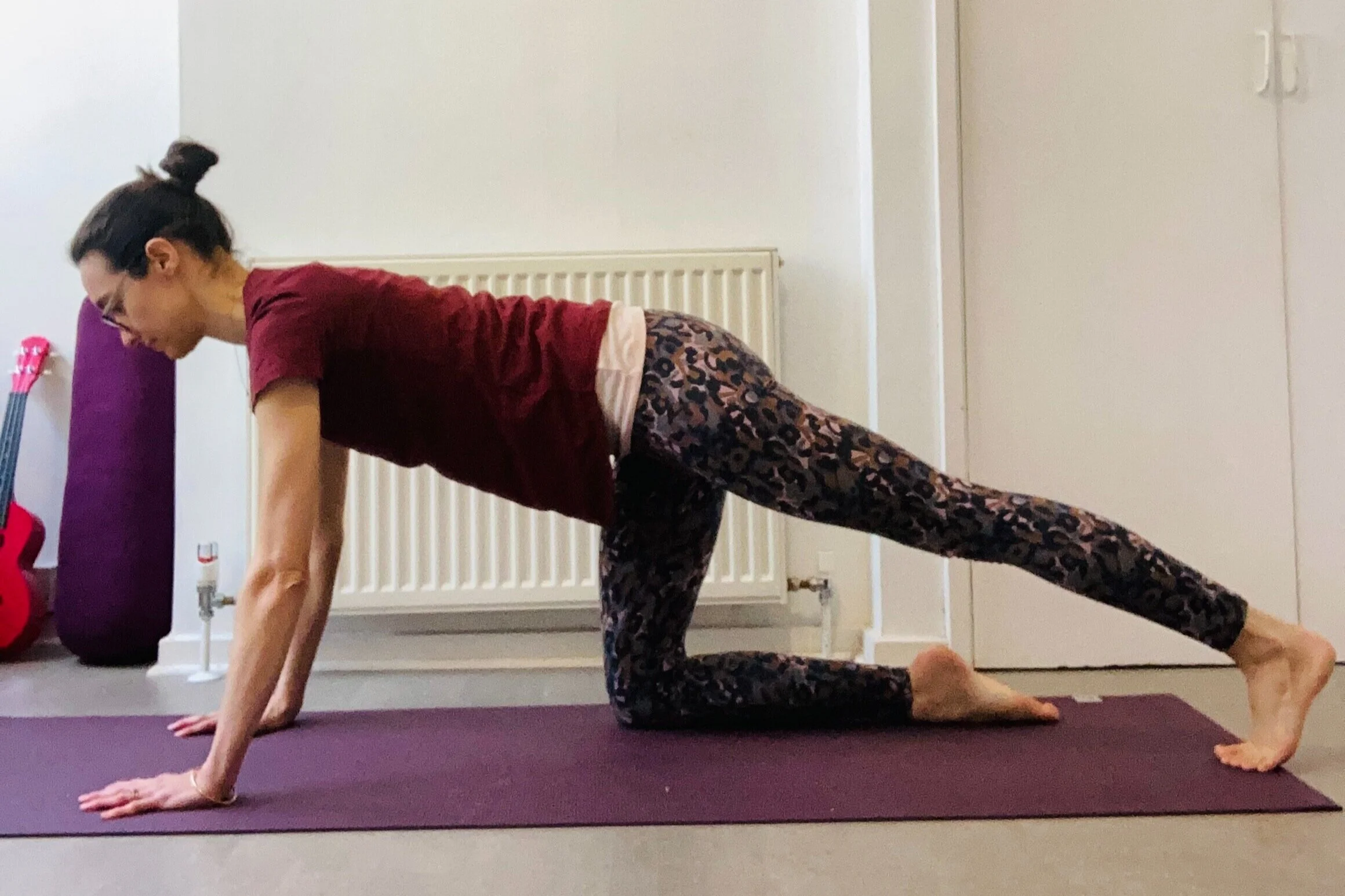How to relax your pelvic floor for birth (& beyond)
Knowing how to relax your pelvic floor as fully as possible during labour and birth (and keep it that way) is key:
too much tension, or inability to release the pelvic floor can affect your baby’s position for birth
its ability to engage and/or progress steadily down through the pelvis, sometimes resulting in a slow, more painful and/or stalled labour
a tight or tense pelvic floor during birth can also result in more pressure and strain on these tissues, increasing the risk of tissue damage such as tearing and grazing.
And - and it’s an important one - knowing how to relax the pelvic floor is key to a healthy, functional pelvic floor anytime, pregnant or not, as the pelvic floor is designed to be ‘elastic’ rather than just ‘toned’.
But it might not be what the ‘pelvic floor exercises’ (aka Kegels) you might have been told to do since becoming pregnant (or before!) are achieving for you.
So here are 3 exercises you can practice to release your pelvic floor, and build strong body memories of what a relaxed pelvic floor feels like.
If your pelvic floor is very tight - it is common for first-time mums-to-be, and especially if you practice a lot of sport (such as yoga, pilates, horseriding, gymnastics), you might find it difficult at first to feel any release. Don’t get discouraged, and keep practising. the awareness will come!
1 - Pelvic circles with visualisation & physical feedback
Sit cross-legged on a flat cushion or folded blanket and gently manually roll your inner thighs in and down. Circle your upper body slowly round and round in small circles while keeping your sit bones on the ground. Visualise your pelvic floor releasing down and out into the cushion/blanket, maybe feeling a slight pressure of the pelvic floor against the surface of the prop. You are not trying to push down, only release.
2 - Deep sighs with soft jaw
There is a close relationship between the jaw & throat and the pelvic floor, so relaxing the former directly help soften and relax the latter! This is one of the reasons high pitch screaming is not helpful in labour & birth as it actually tightens your pelvic floor!
Start by lifting your pelvic floor with a short inhale, then release it down as your slowly exhale with a deep sigh or deep ‘ahhhh’ sound, letting your lower jaw release down too. Gently wobble the jaw to release all holding before repeating. You can combine this exercise with the one above, or while resting in extended child’s pose, keeping your tailbone up, stretching your perineum tissues.
3 - Calf, foot & buttock stretch & release
Another close relationship that might seem strange and yet true! Any tightening in the calves, legs, feet (and buttocks too) will automatically tense and tighten the pelvic floor! And unfortunately, we tend to clench these a lot, especially when stressed, in challenging situations (such as labour & birth!) or simply by being too stationary (spending most of our days sitting at a desk, for example). Taking regular leg and foot stretches, and hip circles with ‘soft buttocks’ helps reduce the build up of tension, which will in turn make it easier to release the pelvic floor. These movements and stretches are also fantastic to alleviate leg cramps and sciatica, so common in pregnancy, and prevent your arches from collapsing.
From an all fours positions, extend one leg back, tuck the toes under and press the heel gently away from the body. Then untuck the toes, rest the top of the foot on the floor, and shake/wobble your leg from foot to buttock as if your leg was overcooked spaghetti. Repeat a few times on each side.
For more tips and guidance on how best to approach and support the pelvic floor in pregnancy, in preparation for birth and in the early postpartum, check my pelvic floor workshop where we discuss & explore all these aspects in very practical ways, and much, more more to support your pelvic health in pregnancy, and beyond!



